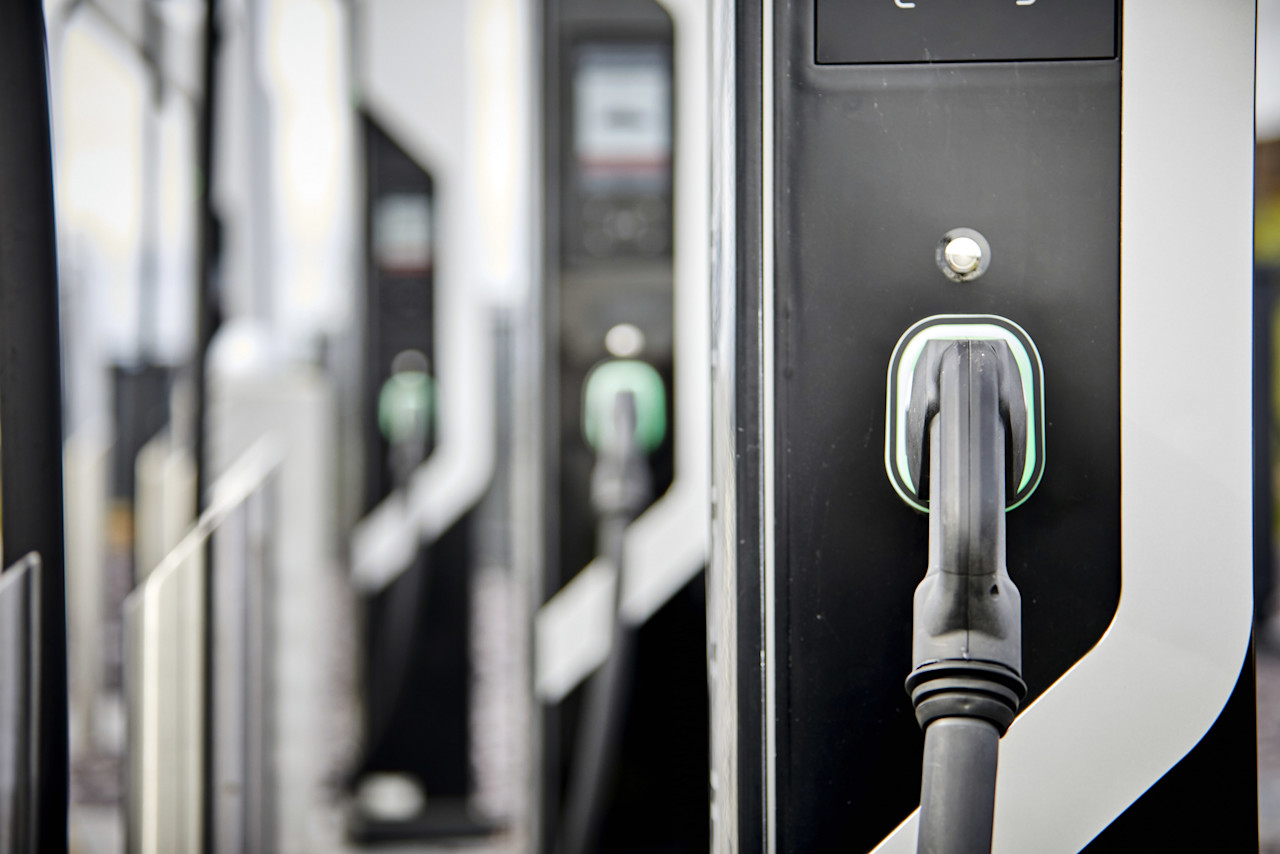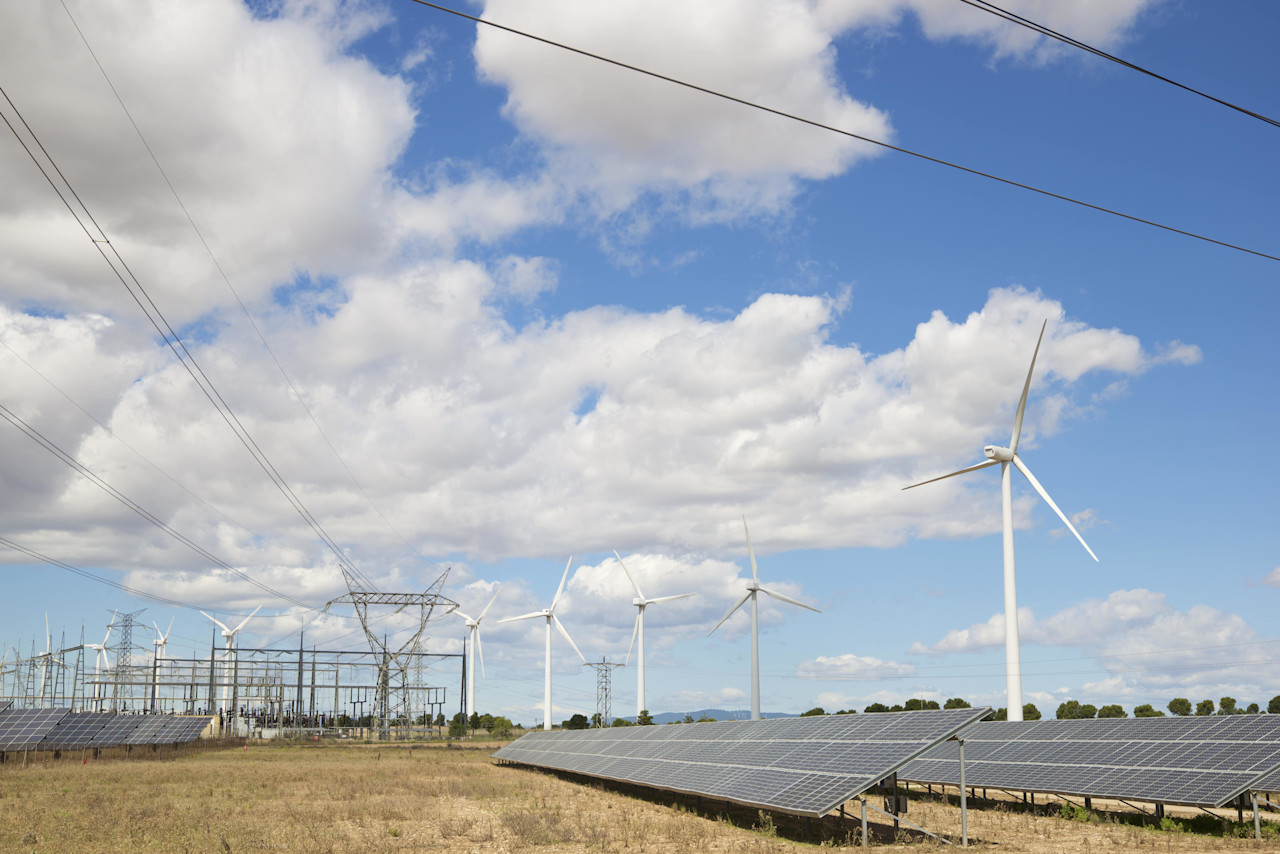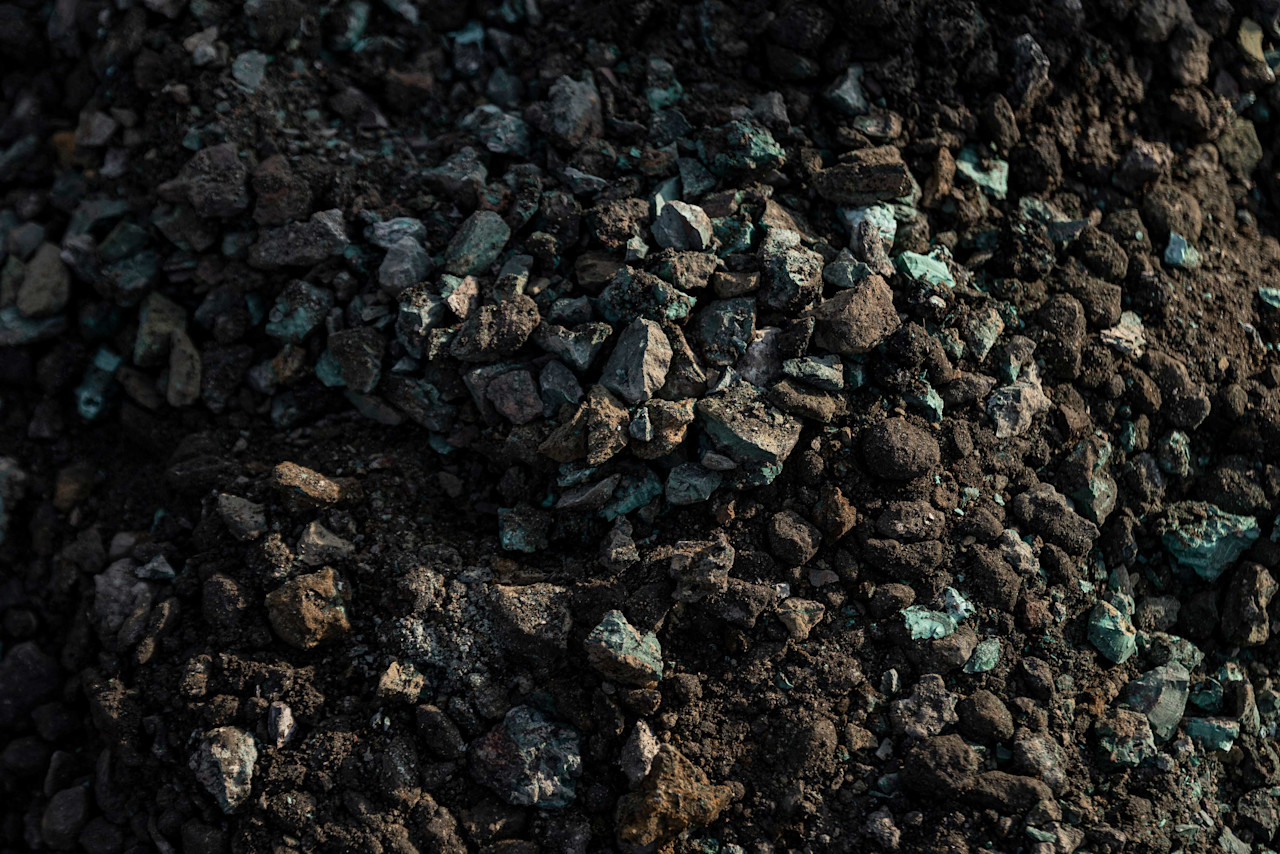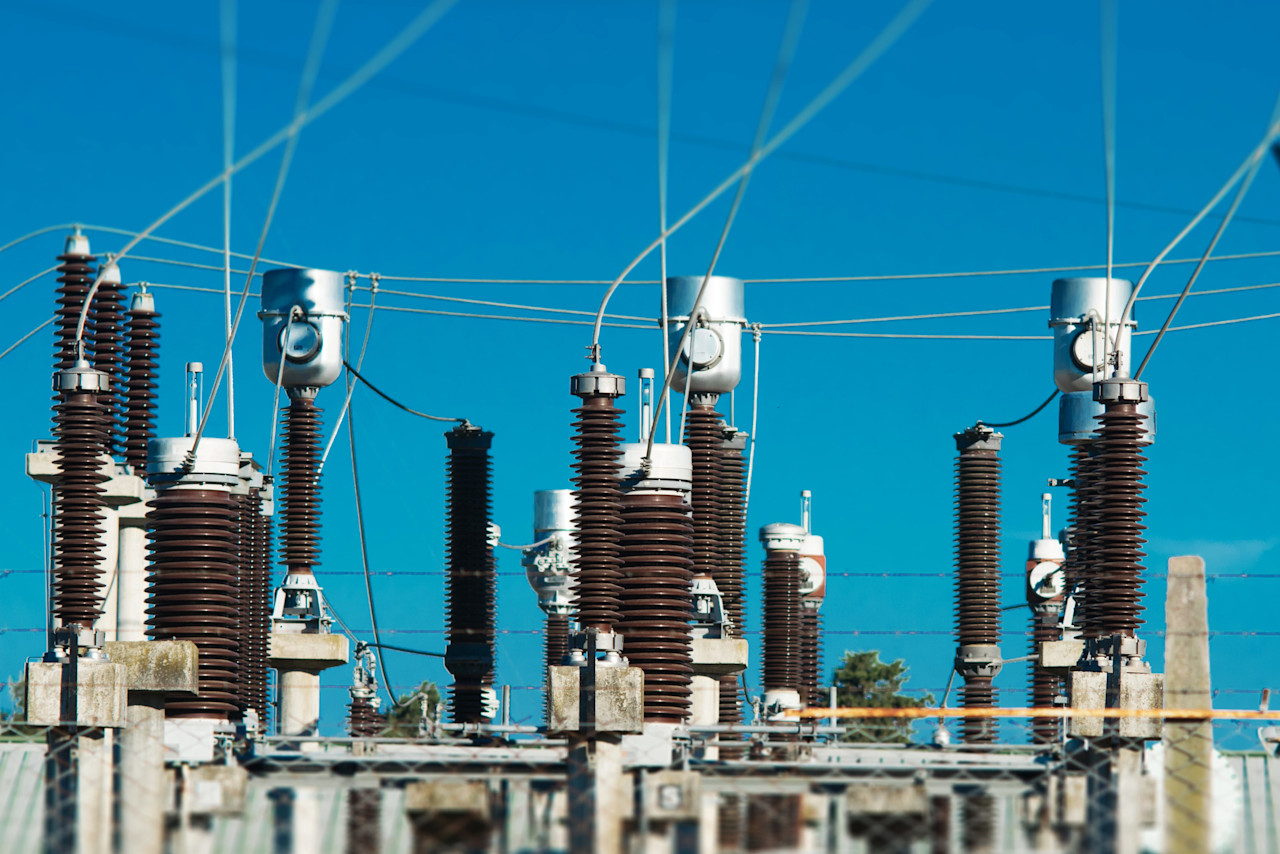Hydrogen is no newcomer to energy or industrial markets and more than a hundred million tons of it is produced and used every year. But most of this is grey hydrogen, created using natural gas. While gas is not as polluting as coal, and is considered a ‘half-way house’ between higher-carbon fossil fuels and renewables, it still creates billions of tons of emissions.
Green hydrogen, in contrast, is produced via electrolysis where an electrical current is used to split water (H2O) into hydrogen (H2) and oxygen (O) molecules. When that electrical current is from renewable sources like solar or wind power, the process is carbon free.
Though hydrogen is natural and abundant and the idea of creating it from water simple, harnessing its potential at the scales needed for powering industries and economies is a challenge of massive proportions. Across its supply chain – from production, storage, transmission and distribution – green hydrogen still faces technical and environmental hurdles that translate into higher costs and lower supplies.
But these challenges are not insurmountable. As investments and incentives aimed at hydrogen technologies increase, breakthroughs will accelerate so that hydrogen’s decarbonizing potential can be unlocked and unleashed in time to halt global warming mid-century.



















